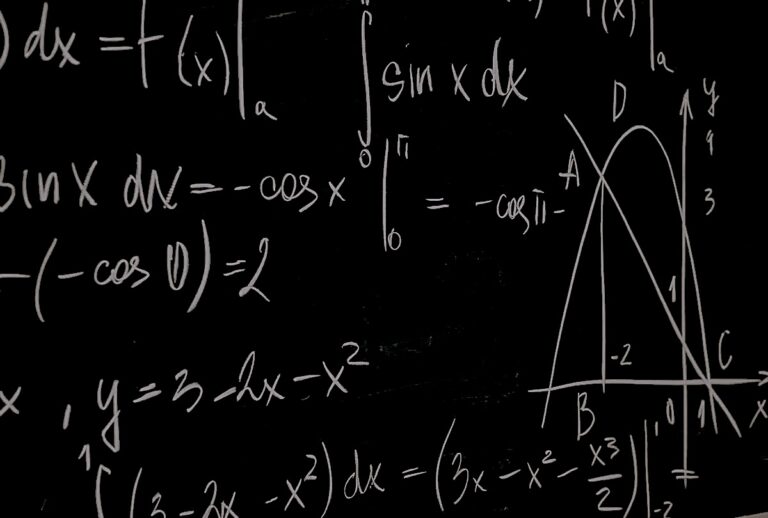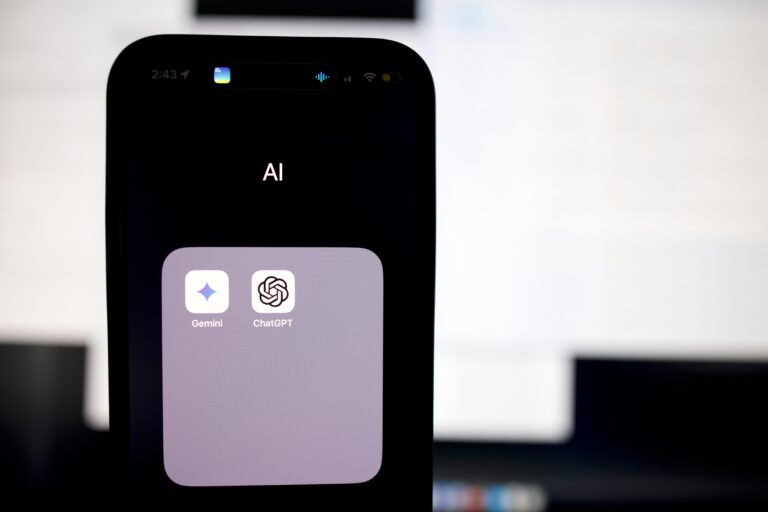One year ago, Pooja Agarwal started her wonderful website dedicated to retrieval practice–called,
RetrievalPractice.org. At the time, she didn’t imagine it would become so popular so quickly.
Today, the site gets thousands of visitors and brims with information and weekly emails including resources and tools for teachers on how to improve learning. For Agarwal, what’s key are simple strategies of getting information out of students’ heads instead of spending so much time and focus on getting information into students’ heads or, retrieval practice.
Dr. Agarwal is an Assistant Professor at the Berklee College of Music in Boston, teaching psychological science to undergraduate musicians. Pooja earned her Ph.D. from Washington University in St. Louis, under the mentorship of memory scholar, Henry L. Roediger, III, author of Make it Stick. Her upcoming book written with a K-12 teacher, is titled, Powerful Teaching: Unleash the Science of Learning (Jossey-Bass).
Pooja spoke to me about her work on a number of science of learning workings, including retrieval practice, and she gave some great insights. “We have shown, from a lot of research, that the simple act of retrieval can boost memory by about 10-20%,” she says. In one study with 8th graders, for example, students were given three very brief, two-minute low-stakes quizzes, in addition to the teacher’s instruction, and by the end of the school year, those students raised their grade from a “C” to an “A.”
We also discussed the value of spacing, or spreading out learning over time. This approach increases retention and long-term memory. For example, research by Agarwal’s colleagues, Kelly Taylor and Doug Rohrer, compared two sets of college students. The first set studied 10 mathematics problems in one week, and the second set studied 10 problems over two weeks’ time. The students who spaced their studying out over the longer period demonstrated a 50% lower rate of forgetting than the first group.
Analogical thinking is the ability to transfer knowledge from one situation to another. Agarwal states, “One thing we know from research in cognitive science is that people learn really well from analogical reasoning.” But, as she points out, that is sometimes easier said than done. In a famous study of the 1970s, participants were given two very different scenarios, basically an analogy between a general attacking a fortress and a doctor attacking a large tumor. It was difficult for students to transfer the deeper meaning of the analogy, which was to divide and conquer, when given the two scenarios on separate occasions. However, practicing analogies and specifically the skill of recognizing deep features over surface details, can be very helpful.
In recently published research, Pooja looked at how retrieval practice and analogical thinking interact. Specifically, she examined how studying surface, or more “trivia” like information interacts with a deeper understanding of a topic. For example, when and why did welfare programs begin in the United States (surface) versus how would someone who is anti-welfare act if they became unemployed (deep).
“Sometimes we think we have to learn surface features before we can learn deep features and this is exactly what I wanted to look at.” She learned that a combination of surface and deep retrieval practice facilitated the best learning and retention; basically that “basic facts” didn’t necessarily need to be in place before deeper analysis could occur; the combination of both was best.
Finally, Pooja shared some thoughts on
interleaving, which is mixing things up while learning. As an example, Agarwal talks about baseball players in batting practice. You wouldn’t expect great results if you just throw the same pitches over and over to the batter; common sense dictates that you should change the pitches up often.
Pooja referenced a study by Nate Kornell and Bob Bjork. In that work, college students who were shown samples of different artists were better able to identify the artists when shown a different piece of work by the artists they had studied. But, Poojas cautions, mixing it up for mixing it up’s sake is not constructive. Interleaving is most beneficial when we are mixing things up that are similar. As she notes, with a laugh, “we don’t put broccoli into fruit salad.”



